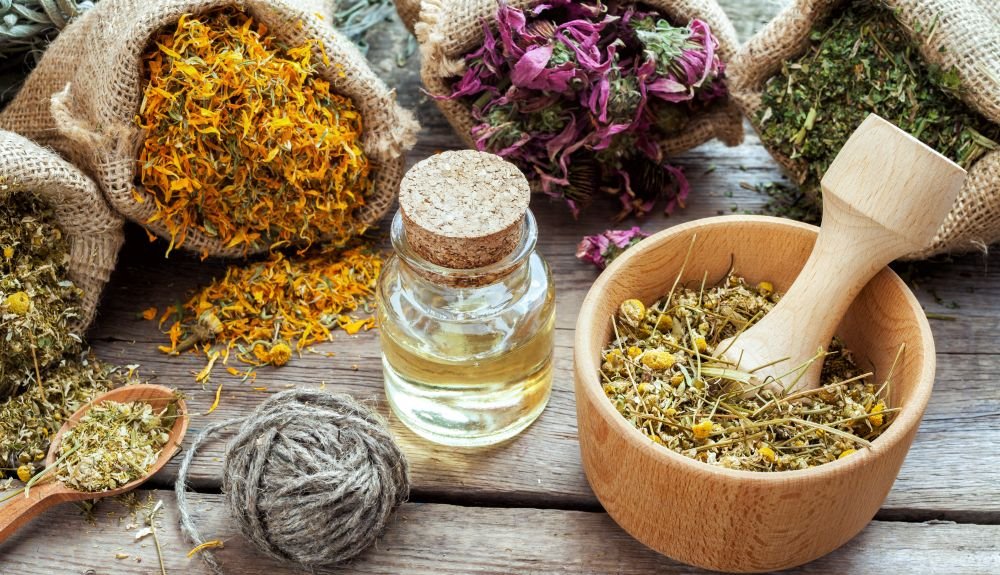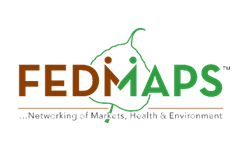About us
Mission Statement
Federation of Medicinal and Aromatic Plants Stakeholders (FEDMAPS)
is an autonomous body of all stakeholders to promote trade through networking, advocacy and awareness for a transparent, regulated and dynamic Medicinal and Aromatic Plants’ trade in the South Asian Association for Regional Cooperation(SAARC) countries.
PROPOSED ACTIVITIES
- Develop strategies and guidelines for cultivation and sustainable collection of Medicinal and Aromatic Plants (MAPs).
- There is need to establish portal and a database on the demand and supply of MAPs. Training of stakeholders and updating them through a bulletin in regional languages.
- Making authentic seedling and seed material available to the cultivators and setting up of regional mandis / markets.
- Set up of a database of MAPs stakeholders and generate national and international network.
- Make stakeholders aware regulatory information and take up their concerns with appropriate authorities.
- To consolidate the earlier research on MAPs and make the latest research available to stakeholders and help in public private partnership.
There is need to establish a comprehensive market intelligence database and portal on Indian MAPs.
To promote the Indian systems of Indigenous Medicine.
To protect Intellectual Property Right (IPR) of traditional medicine.
To work for making MAPs produce being considered as ‘Agricultural Produce’.
Propose GMAC (Global Medicinal & Aromatic plants Congress).
Publish an International Journal for Medicinal & Aromatic Plants Stakeholders.
Create Model International Standard Marketing Infrastructure (Mandis).

MAPs Sector Challenges
- Biodiversity and Conservation
- Education & Information
- Infrastructure
- Networking
- Regulatory Aspects
- Research and Development
- vStatistical Database
FEDMAPS: Objectives
ii.) Promotion of dialogue between industry and various regulatory bodies to create a healthy platform for encouraging transparency and smooth flow of commerce within the sector;
iii.) To facilitate research in resource conservation and augmenting productive capacities;
iv.) To promote conservation and create sensitivity towards biodiversity concern among stakeholders and encouraging in-situ and ex-situ conservation activities;
v.) To establish international and national level networking amongst the stakeholders for promotion of the sector.

